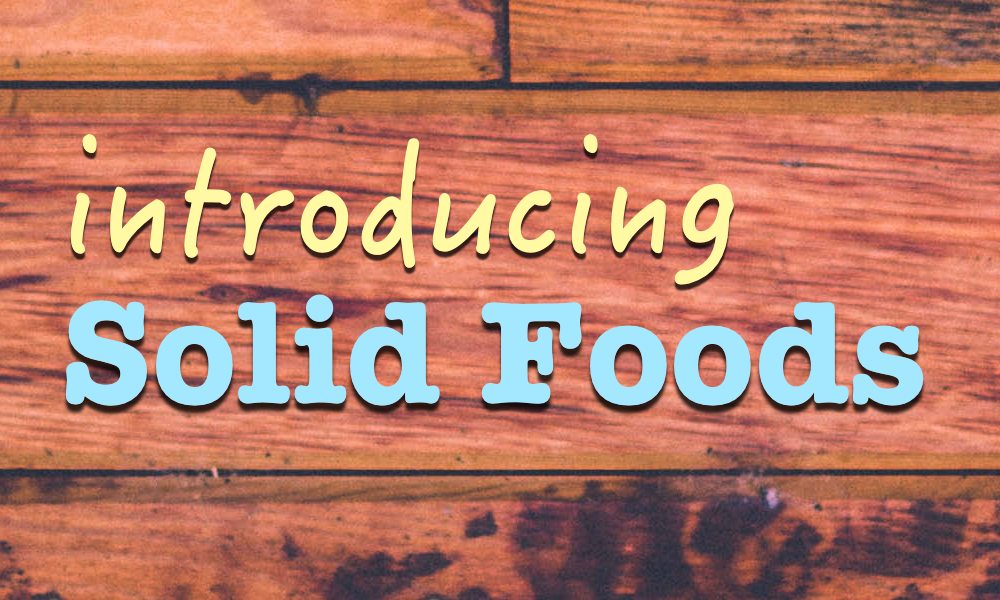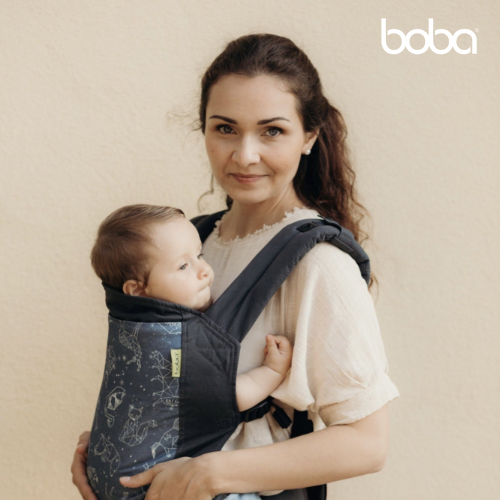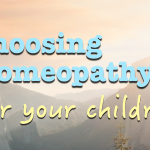
Introducing Solid Foods
This is an exciting event in a new parent’s life, but it can feel overwhelming and produce anxiety. There are different ways to introduce solid foods, and each method has ardent supporters and vehement detractors. Five different sources may give you five different “best” or “only” ways to do it. My goal is to provide clear information based on the latest scientific research. Evidence regarding solid food introduction is evolving as new research takes place. Some information you find is based on old research. The guidance I give is based on my understanding of the most current research in this field. If I am stating an opinion that is not based on solid current research, I will make that clear.
First and most importantly, you MUST discuss solid food introduction with your child’s health care provider. Every child and every family has unique characteristics and circumstances that must be accommodated. What I present here is an explanation of various approaches and basic logistics. What you need from your child’s provider is agreement on when your child is ready, and which approach to use. If a biological parent has food allergies, your child is much more likely to have them as well, so be sure to discuss this in detail with your child’s provider. Remember, if your child has a reaction to a food, your provider is the one you will call, so he or she must be on board from the start and throughout the process.
Next, if you feel overwhelmed or anxious, don’t. Take a deep breath and remember that all children learn to eat, regardless of what you do, or don’t do. My hope for you is that you will introduce solids in such a way as to foster a love for healthy eating in your children. This is difficult to do when you are feeling anxious. (This is my opinion; find more opinions on this subject in “Growing Healthy Eaters”).
Finally, don’t forget about nursing (if your baby is formula fed, skip this paragraph). I’ve seen it countless times. We moms go from obsessing about breastfeeding to obsessing about solid foods. This may result in a decline in breastfeeding. Breastfeeding provides baby’s primary nutrition until at least 9 months; after 9 months, it continues to be a very important source of nutrition. Also, breast milk contributes important immune support for as long as it’s offered. The goal is to continue breastfeeding until at least 12 months. Continuing to breastfeed as solid foods are introduced may decrease the chances of developing food allergies (evidence is conflicting on this subject). So be sure to keep some focus on breastfeeding while you’re putting your energy into the introduction of solids.
Let’s cover some basic logistics now.
Infant CPR
If do not already know infant CPR, now is a great time to take a class (see below for resources). Your baby may never choke on food, but it’s best to know what to do just in case. It can be quite easy to save a life, if you’ve been properly trained.
How do you know when baby is ready?
Be sure to discuss this with your child’s provider; this discussion is usually brought up at the 4 or 6 month well child check. Your baby will be around 6 months of age, but don’t go by age alone – it’s more important to check the signs of readiness. Once you see the signs, offer baby some food and see what happens. Here are the signs:
- Doubled birth weight
- Sitting up and holding head steady
- Possibly cutting teeth
- Eating more frequently and still seeming hungry
- Showing great interest in food (babies at this age show interest in everything you do, but this is a more intense level of attention)
Here are the signs that your baby is NOT ready:
- When food goes in the mouth they spit it out
- Baby keeps mouth closed when presented with food
- Baby doesn’t look at you when you’re offering food
How often should I offer food?
Start with once a day. Eventually, your child will eat 3 meals and 1 to 2 snacks a day.
You know baby is ready for an additional meal when:
- Baby reliably eats the meal(s) you are already offering
- Baby seems hungrier
- Baby has great interest in the meal you are eating
When is a meal over?
- When baby spits the food out, or
- Stops looking at you, or
- Turns head away when you present food, or
- Does not open mouth when you present food, or
- Pushes food away
- If you see these signals from your baby, you know the meal is over.
Jars vs pouches vs homemade vs Baby Led Weaning
How are you going to feed your baby? Hint: it may be a combination of these options
Jars
- Read labels – make sure you know exactly what you’re giving baby. Jars typically come in 1st, 2nd, and 3rd foods options, which is primarily an indication of how liquefied the food is.
- Don’t double dip your spoon. If baby is not going to finish the jar, dump some out into a bowl and spoon feed from there. Double dipping the spoon introduces bacteria that can cause the contents of the jar to spoil.
- Keep open jars refrigerated. Discard open jars after 2 to 3 days.
Pouches
- May be lined with BPA, although some claim to be BPA free. The packaging materials that are used may or may not, in my opinion, be healthy for growing bodies.
- Often have a mix of vegetables and fruit. The fruit content is often somewhat high, meaning the sugar content is high. Pouches bypass our normal eating mechanism – eating becomes slurping and swallowing rather than chewing or gumming and swallowing. Slurping food that is high in fruit allows the sugar to bathe the teeth and gums, thereby increasing the odds of dental decay. Here’s a good article on this.
- Are expensive
- Can be handy to keep in the diaper bag for emergency snacks
Homemade
- First foods are runnier than you might expect. Before making your own, I recommend you buy one jar of 1st foods to see the consistency.
- Add water or pumped breast milk to the food to make it runny enough. Consider water safety: Are you using water bottled in plastic? Do your pipes have lead in them? How safe and clean is your tap water? If you are using well water, discuss this with your child’s provider.
- Once you know baby likes a food, make a large batch and freeze in small portions.
Baby Led Weaning
- “Weaning” is used here with the British meaning of introducing solid foods
- You provide baby with appropriate sized pieces of the food you are eating. For example, a whole carrot cooked thoroughly enough that it’s easy to smash between your fingers. Baby gnaws on the food with the idea that he won’t be able to dislodge a piece large enough to choke on.
- The theory is that babies learn how to eat like an adult, bypassing the puree phase.
- Can be very empowering for babies.
- Is fairly easy, but messy.
- Can be a problem with choking babies, or with babies who don’t master the skills quickly enough to keep up with their nutritional needs.
- See http://www.babyledweaning.com/ for more information
Food Reactions
Some babies react to many foods, some react to nothing, and some react to a few foods in a minor way, or one food in a bigger way. You won’t know which baby you have until you start introducing foods. If you are giving table food and baby starts exhibiting signs of a food reaction, it will be harder to determine what food might be causing the reaction. If you are using the 3 day wait plan, eventually you will decide to abandon it – either because everything has been introduced, or because you realize that your child doesn’t tend to react to foods.
Signs of a food reaction include, but are not limited to the following:
- diarrhea, mucus in stool, green stool
- constipation
- vomiting
- skin reactions
- hyperactivity, lethargy, changes in personality
- runny or stuffy nose
- ear infections
- allergic shiners (dark circles under eyes)
- cough, sneezing
- watery eyes
Note that these signs may mimic a virus, so it might not be initially clear.
Lip or tongue swelling, hives, wheezing or difficulty breathing or swallowing indicate anaphylaxis – seek medical attention immediately and avoid repeating that food.
Miscellaneous Information – Foods to Avoid or Limit
Honey until 1 year of age due to risk of botulism
Choking foods
- babies under 9 months of age tend to choke easily
- finger foods should be introduced around 9 months of age, but these can be choking hazards so use caution
Raw meat, fish, eggs, dairy
Sugar substitute (stevia ok)
Limit salt
Caffeine, preservatives
Artificial colors and flavors, caution with natural flavors
Be careful with dried fruit – it’s high in sugar and sticks to the teeth, thereby increasing the chances for tooth decay
Juice, soda, high sugar / carb drinks (rice milk)
- Offer water from a cup often (throughout day). As above, consider water safety.
- Dairy products should be whole until 2 years of age.
- Strive for organic as much as possible: babies have immature detoxification systems, and their brains and nervous systems are still developing, so they may be particularly susceptible to toxins. Animal products especially should be organic as the toxins they eat bio-accumulate into the flesh that we eat. Fish should be low in mercury. “Dirty dozen” produce should be organic. (See resources for more information.)
Resources:
Infant CPR classes:
http://www.redcross.org/take-a-class
The Dirty Dozen produce list:
http://www.ewg.org/foodnews/summary.php
Mercury levels in fish: http://www.nrdc.org/health/effects/mercury/guide.asp
More on food allergies:




Alisha
December 29, 2020 at 10:38 amI know how you feel about Tylenol but what’s your advice for having Benadryl on hand for an allergy reaction? If not, what’s your reason and alternative? Thank you!
Erika Krumbeck, ND
January 6, 2021 at 9:12 amThere really isn’t an effective “natural alternative” to Benadryl that is as fast-acting. So yes, that’s completely fine to have on hand. (I recommend dye-free Benadryl, though.) If babies or kids are having lots of reactions to foods then it’s time to look at overall gut and immune health.